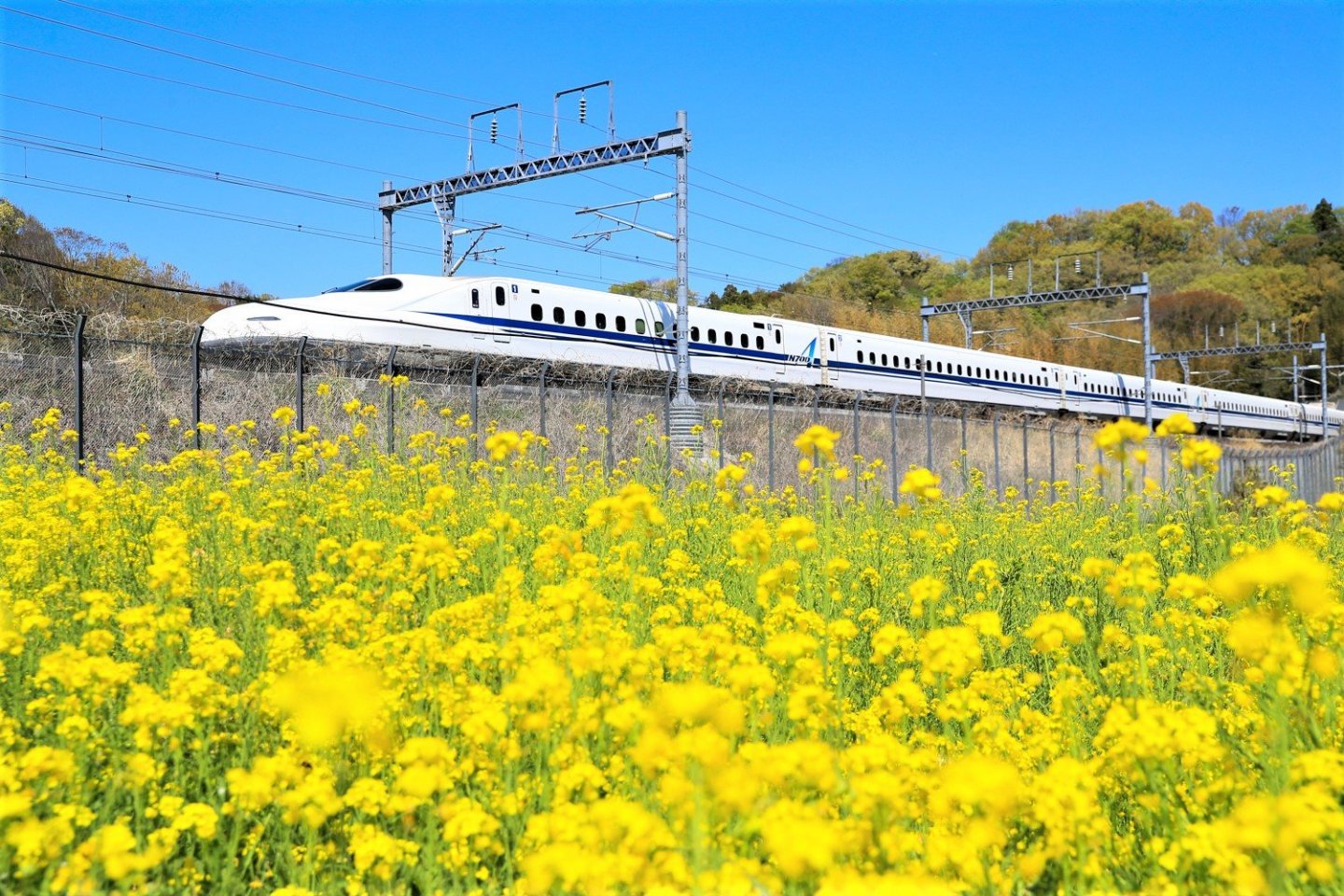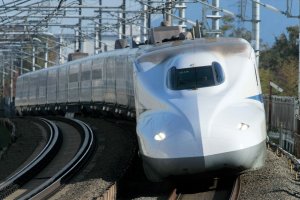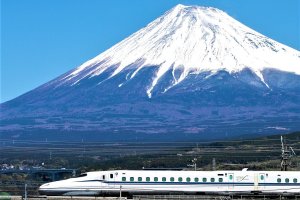Many visitors to Japan tell me that they want to try the Shinkansen bullet train, but aren't sure if the Japan Rail Pass is worth it, just for a return trip from Tokyo to Kyoto or Osaka. Well now Japan Railways, through the JR Tokai business unit, has the answer: the JR Tokai Flex Rail Ticket (Flex Ticket).
What is the JR Tokai Flex Rail ticket?
The Flex Ticket is a new travel package for international visitors, incorporating a return ticket between the major cities in Tokyo and Osaka, as well as an experience coupon, which can be exchanged for a meal or Japanese activity. You can choose a home and destination station, as long as you return within a 7-day period. The reason it is called a flex ticket is that the return ticket is open-dated within 7 days of the forward ticket, making it work a bit like a fully flexible airplane ticket, but without an allocated seat.
Prices and validity
The prices vary depending on the distance traveled, but generally speaking, expect to save at least 10% compared with regular return tickets sold to Japanese nationals and permanent residents. For example, a return flex ticket from Tokyo to Shin Osaka is 22,500, with a non-reserved seat on the fastest Nozomi shinkansen. The exact same trip on the same train is priced at 27,740 for Japanese nationals and permanent residents for this 553-km trip. In many countries, it is normal for tourists to pay more, but in Japan, this is an example of the opposite. They really go out of their way to welcome visitors.
The flex ticket is valid for any two points between East Japan (Tokyo/ Yokohama/ Nagoya) and West Japan (Kyoto/ Osaka), as well as any point between East/ West Japan and Hakone, Mt Fuji (i.e. Odawara and Mishima). It is not valid for “open jaw” tickets, e.g. Tokyo to Kyoto and Osaka to Tokyo. A passenger in this example will save more money by purchasing a Tokyo to Kyoto return, and purchasing a separate train ticket from Osaka to Kyoto, which starts from around 400 yen (depending on the railway company and class of ticket).
| Type | Tokyo/Shinagawa Sta. | Shin Yokohama Sta. | Nagoya Sta. |
|---|---|---|---|
| Adult | 22,500 yen | 22,000 yen | 10,000 yen |
| Child (6-11) | 13,200 yen | 13,000 yen | 7,000 yen |
A passenger does not have to specify the date or time of the return or forward journey. Essentially this is like a “show-and-go” ticket, allowing flexibility and last-minute changes in plans. For example, if you had planned a 5-day trip, but wanted to shorten it to 3 days or lengthening it to 7 days, you can do so without notifying Japan Rail. As this is a non-reserved seat, Japan Rail has the discretion to limit the number of tickets sold to minimize overcrowding. Based on previous years, the peak travel period for the Tokaido Line between Osaka and Tokyo is from 25 December (Christmas Day) to 3 January. A non-reserved seat means that you are unlikely to get a seat (or be in a long queue) during that period, so you cannot purchase the flex ticket in this blackout period.
How to buy
The JR Flex Ticket can be bought at any major station on the Tokaido Line (e.g. Tokyo, Shinagawa, Shin Yokohama, Nagoya, Kyoto, Shin Osaka) as well as Shinjuku in Tokyo. Staff must first see your passport showing your validity as an international visitor to Japan. Each passenger needs to present a passport issued by a country other than Japan. However, up to two Japanese passengers may accompany one international visitor.
How to use
Once you have purchased the ticket at the JR Tokai Tours ticket office, conveniently located at the shinkansen station, you can board any train without having to reserve a seat or a particular train in advance.

Comparison with JR Pass
1. Ease of purchase
The flex ticket consists of 2 tickets (forward and return trip) only, unlike the JR Pass which is an unlimited ride/ unlimited stop ticket. It is much easier to buy than the JR Pass, as you don’t have to purchase it ahead of your arrival in Japan, and what’s more, your Japanese-resident companion can travel with you for the same price.
2. Designed for off-peak (non-reserved only)
As it is a non-reserved seat, you just need to turn up and go. However, as there is a risk of not having a seat for part or all of the journey, it is best to use this ticket outside the peak commuting times (e.g. early morning and evening–effectively an “off-peak” ticket). Of course, you can still travel during peak, but there is a risk of not getting a seat. On the other hand, with the JR Pass, you can reserve a seat for free.
3. Use on Nozomi – the fastest bullet train
One of the benefits of this ticket is that it is flexible in ways that the JR Pass isn’t. You can even use it on the Nozomi Super Express. It is valid on any train, while the JR Pass is not valid on the Nozomi. This is a big plus for the flex ticket, as the Nozomi is faster and runs every 5 to 10 mins, while JR Pass is only valid for the Hikari and Kodama, which runs slower and departs every 30 mins. For example, the Nozomi from Tokyo to Osaka takes only 153 minutes, beating the Hikari by 24 minutes and the Kodama by 84 minutes. The Nozomi would be faster than a flight from Tokyo to Osaka, once airport transfer and waiting times are considered.
Example routes
The most popular use of the flex ticket is Tokyo to Kyoto or Osaka:
Kyoto is home to many world heritage monuments, including Nijo Castle and Kiyomizu Temple. It is also home to traditional Japanese culture and is a great place for tea ceremony or cooking classes.
On the other hand, Osaka is the modern face of Western Japan, with fantastic experiences like Universal Studios, the Aquarium, and Mario Carts go-kart rides.
Another popular destination that can be reached is Hakone, a center of relaxation, with hot springs and famous ryokan accommodation, or Mount Fuji, the highest mountain in Japan.





































